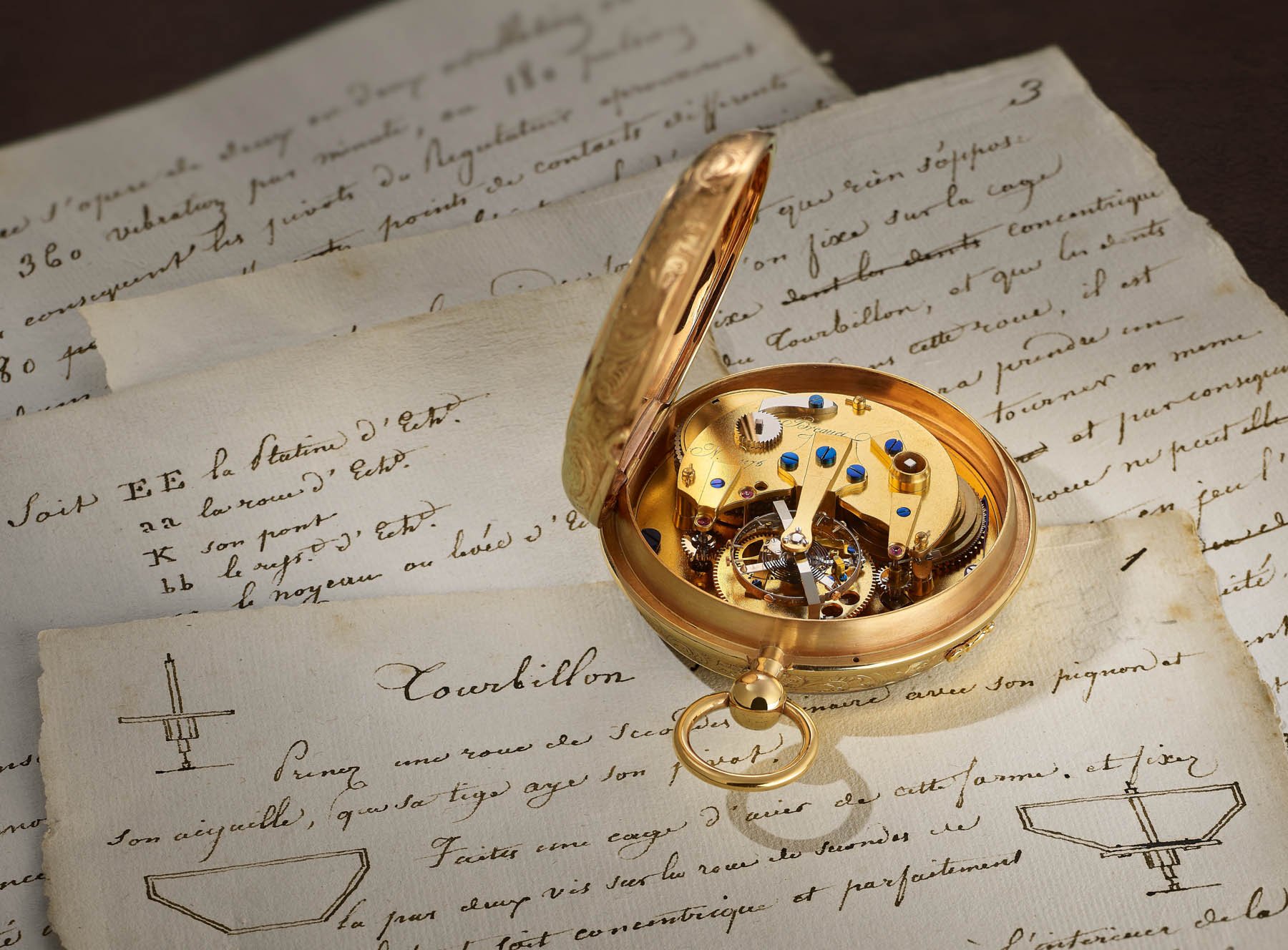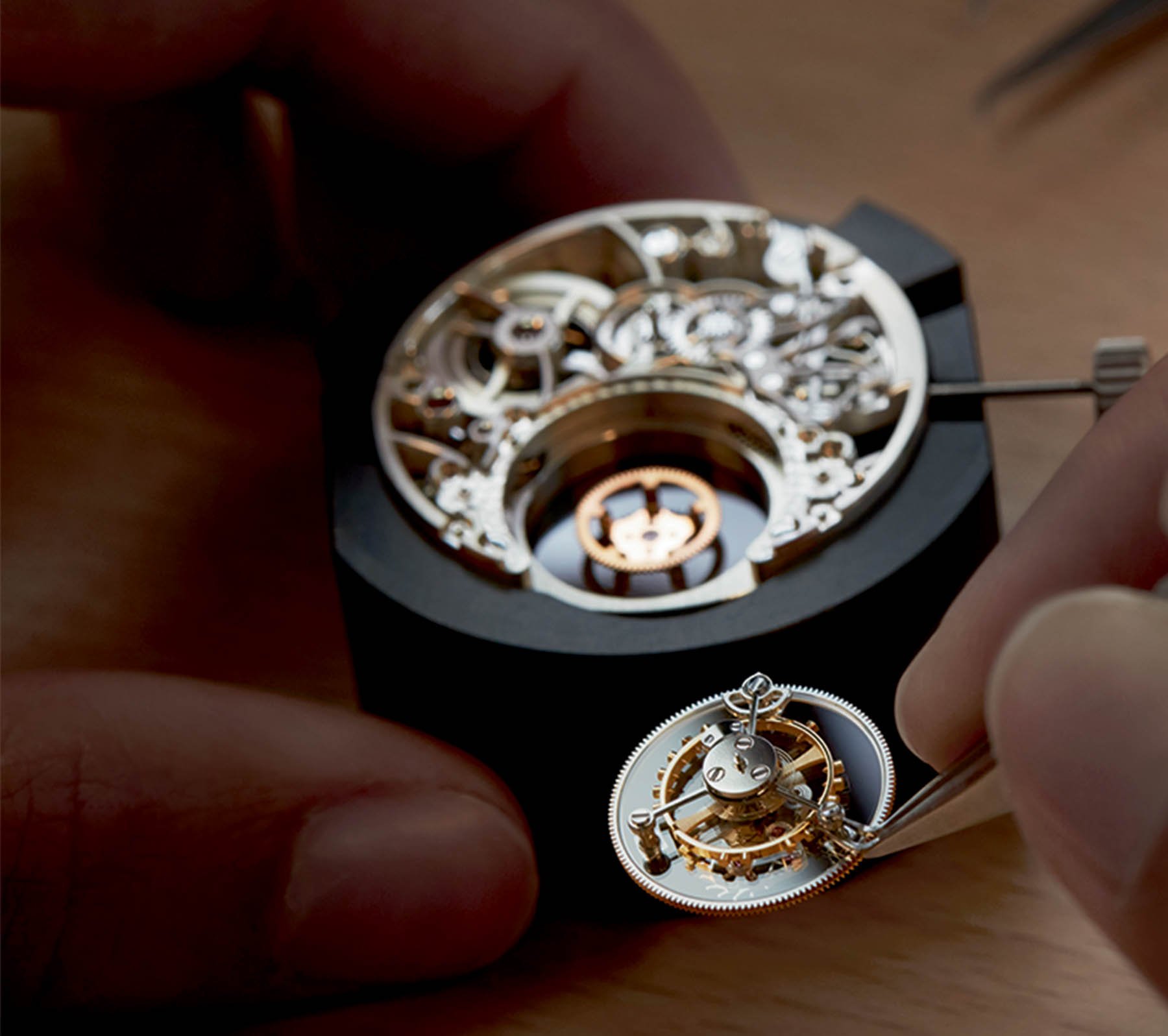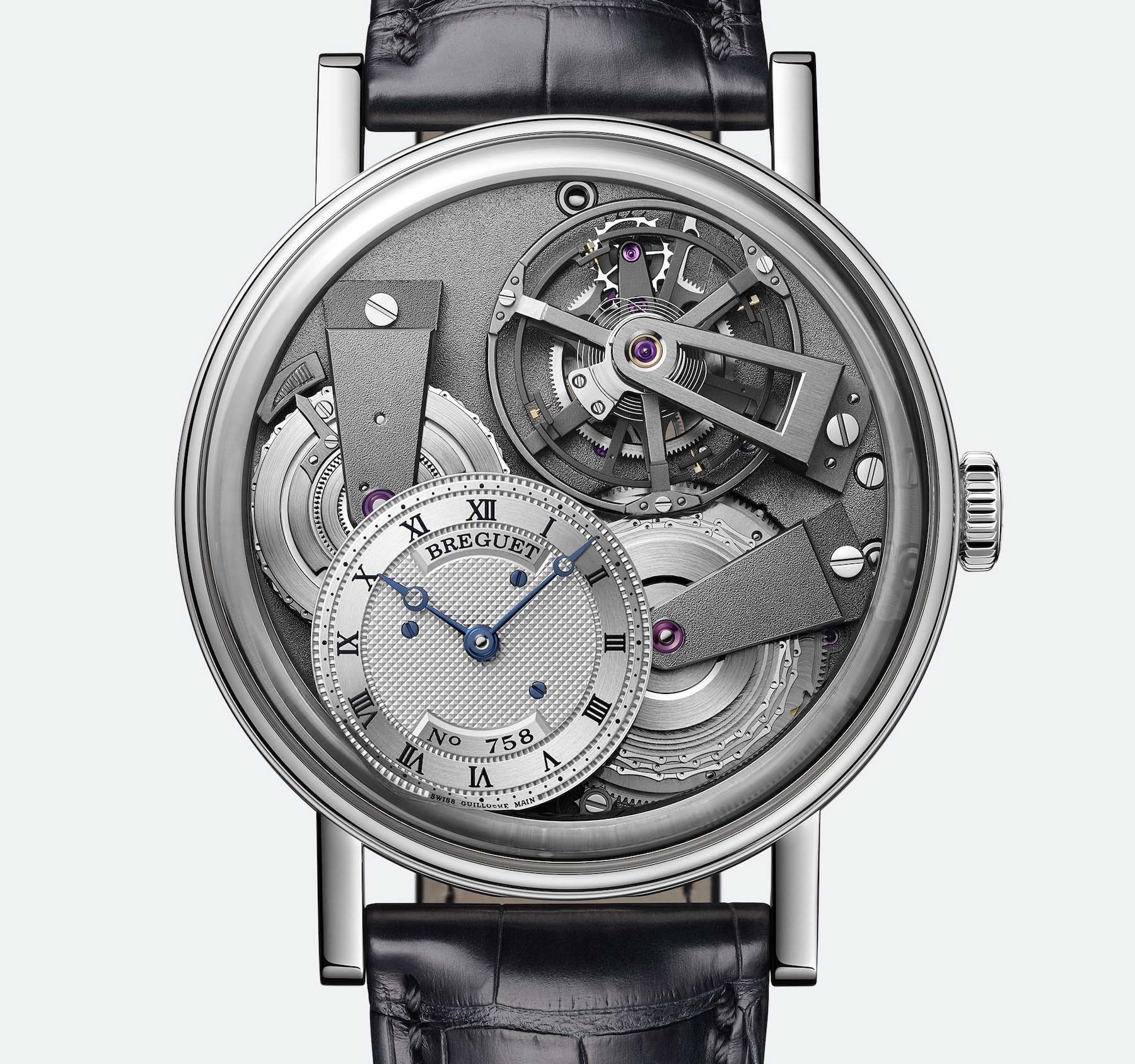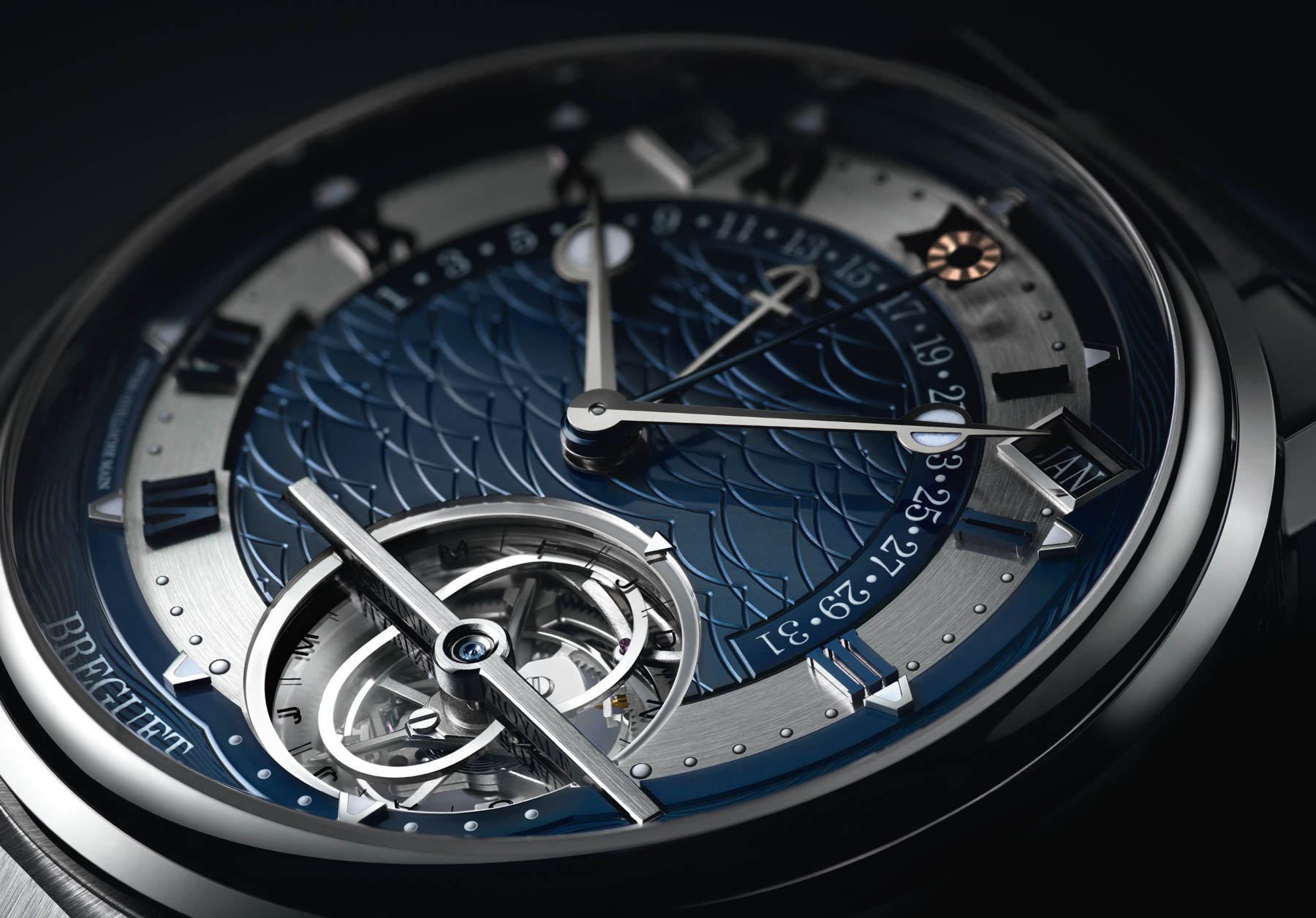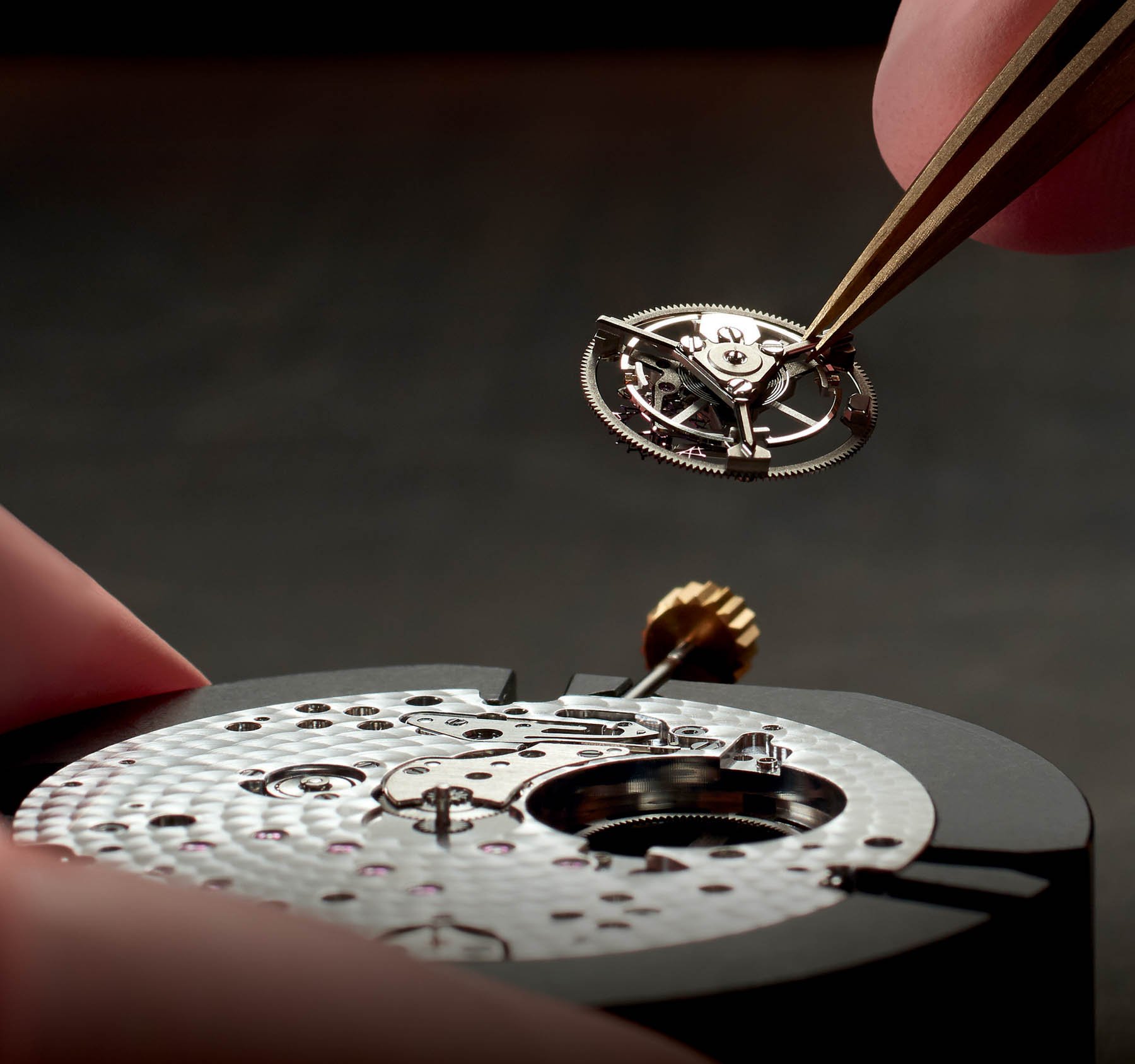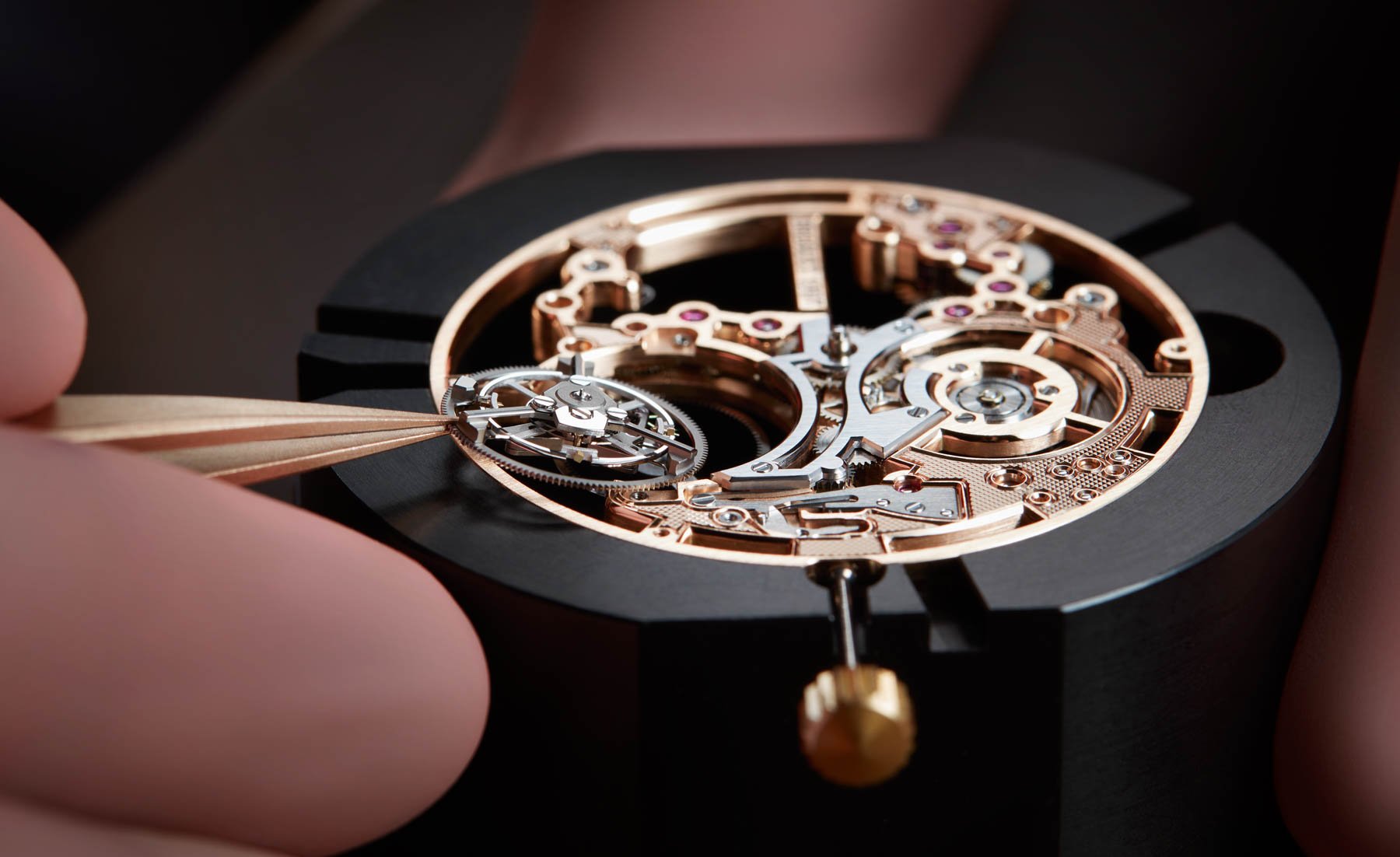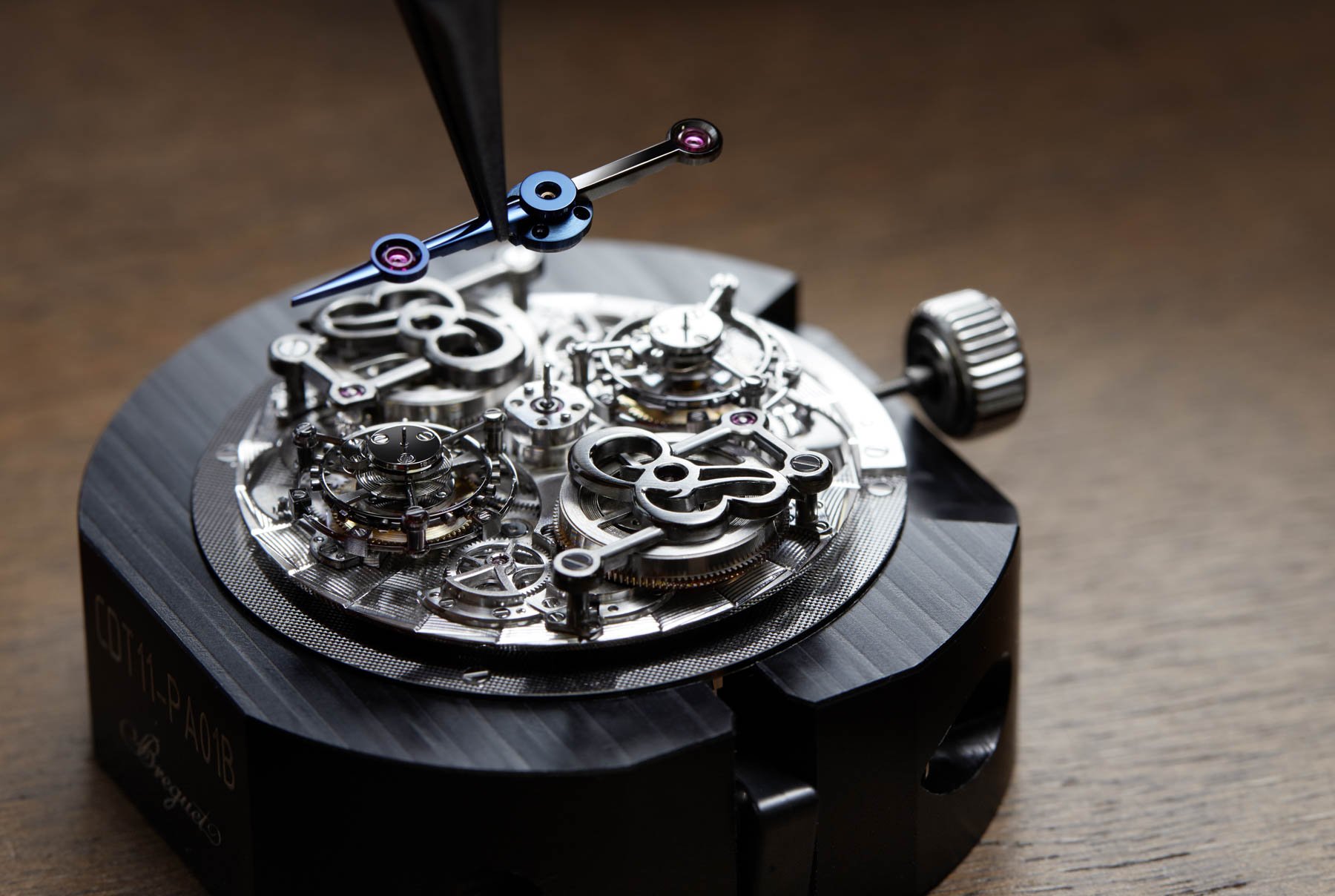Breguet Celebrates The Tourbillon’s 220th Birthday On June 26th, 2021
Don’t call it a complication (because, technically, it isn’t). Despite that weird fact, the tourbillon mechanism is one of the simplest to understand yet complicated to create that our industry has to offer. Invented to eliminate (or reduce, at least) the effect of gravity on the isochronous performance of a watch, the tourbillon has achieved almost mythic status over its 220-year life. And, as it reaches yet another milestone in its history, it seems only right to acknowledge and celebrate its inventor: the peerless Abraham-Louis Breguet.
June 26th, 1801. It sounds like any other day, but it was on this day that, after ten years of hard work and patient development, Abraham-Louis Breguet filed the patent for the world’s first tourbillon mechanism. Nowadays, we might expect such a seminal creation to “break the internet”, but in Breguet’s day and age, massive advancements and stunning inventions were more common in watchmaking. It was an industry experiencing an exhilarating maturation. The endeavors of luminaries all over Europe coalesced, resulting in a crucible of creativity. Breguet was respected among his contemporaries, however. He was regarded then, as he is now, as the master of his craft. The tourbillon’s continued popularity serves to hammer home how justified that title is.
A whirlwind of science and art
The House of Breguet has long since prided itself in treading the line between science and art. Its creations are often both. Exceptionally skilled hands and minds combine to create visions of almost unimaginable beauty. This commitment to excellence and to the pursuit of the impossible grail mark Breguet out as an industry leader, even today, in the post-quartz-crisis, smartphone era. Observing a tourbillon in action is perhaps one of the most efficacious metaphors for our industry itself.
As we canter toward the 220th anniversary of perhaps Breguet’s finest personal achievement (and there are a great many to choose from), now seems like an opportune moment to look back on some of the finest tourbillons created by the brand in recent years, under the stewardship of the Swatch Group.
2007 Breguet Classique Tourbillon Messidor 5335
“The Tourbillon seems to float in space with no visible link to the rest of the movement. The key to achieving this mysterious construction lies in the use of sapphire. The Tourbillon is mounted between two sapphire plates, while its carriage is attached to a third, representing a novel solution, which has been patented.”
2008 Brreguet Héritgae Tourbillon 5497
“This barrel-shaped model has a Tourbillon powered by a manual winding movement. The contours of this caliber are identical to those of the case. Breguet’s watchmakers had to overcome a series of significant challenges to create a movement that perfectly fits the tonneau shape.
“The architecture of the piece puts the Tourbillon in perspective, accentuating the technical skills that went into making it. A unique element, the Tourbillon bridge, acts as the 6 o’clock marker on the dial.”
2010 Breguet Tradition Tourbillon Fusée 7047
“The Tourbillon carriage of this piece adopts a geometry directly inspired by the first sketches of A.-L. Breguet. A patented mechanism provides anti-shock protection. A veritable feat – the balance spring with the famously raised terminal curve called the Breguet overcoil is made of silicon, a material insensitive to magnetic fields, according to a patented process.”
2017 Breguet Marine Équation Marchante 5887
“At the heart of its movement, incorporating a perpetual calendar and the running equation of time is a cam placed on a sapphire disk. It performs one revolution per year and faithfully reproduces the cycle of the equation of time. This patented transparent disk, which indicates the 12 months of the year on the periphery, offers a glimpse of the Tourbillon below. The indication of the equation of time is provided by the finger-piece, which follows the shape of the cam.”
2018 Breguet Classique Tourbillon Extra-Thin Automatic 5367
“Modern technologies have played a key role in the design of this ultra-thin Tourbillon with a movement only 3 millimeters thick, thanks to a titanium carriage, a silicon balance spring, and escape wheel. As the construction of the movement has been redesigned, the rotation of the carriage is propelled by a peripheral toothed wheel.”
2019 Breguet Classique Tourbillon Extra-Thin Squelette 5395
“The extra-thin caliber of this timepiece features a balance wheel oscillating at a high frequency of 4 hertz while maintaining a comfortable power reserve of 80 hours. This is made possible by the high-energy barrel, the design of which is patented. The caliber is fully skeletonized. The gold plate and bridges have been hollowed out and hand-decorated so as to display the mechanical anatomy of the movement.”
2020 Breguet Classique Double Tourbillon 5345 Quai De L’Horloge
“The astute construction of this movement has been covered by several patents. The two mechanical hearts beat independently from one another, each driven by their own barrel. Like a delicately chased sculpture, the entire movement pivots around its axis to the rhythm of one revolution every 12 hours. The various calibrations are done manually, such as the poising and balancing of the Tourbillon carriages.
“Patented on June 26, 1801, the Tourbillon underwent more than 10 years of development. When he finally released the results of his research to the public, Abraham-Louis Breguet did not write just one page on watchmaking. No, in fact, he started a book that even 220 years later, is not finished yet — far from it.” Learn more about Breguet here.
This is a preferred position post. Please read our transparency policy here.

